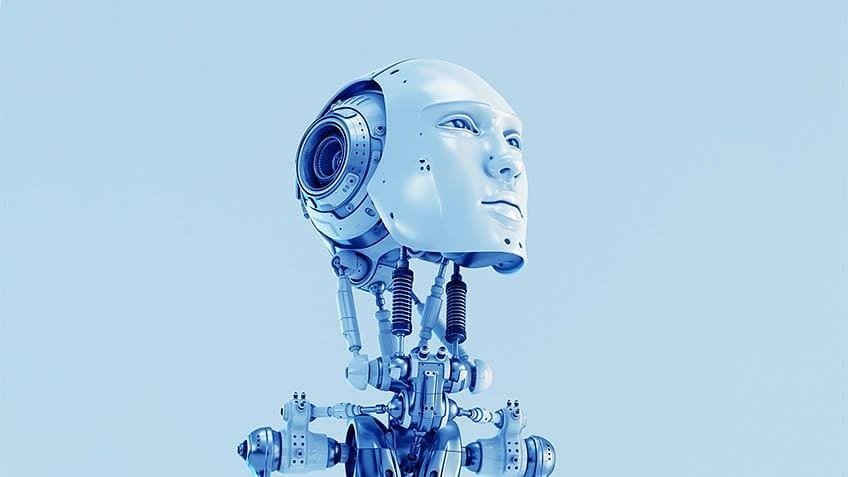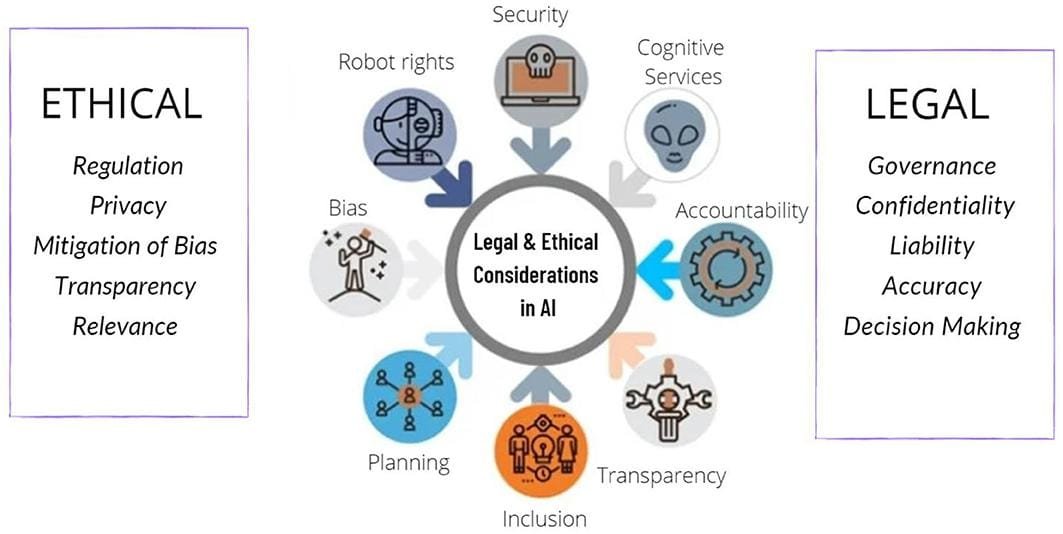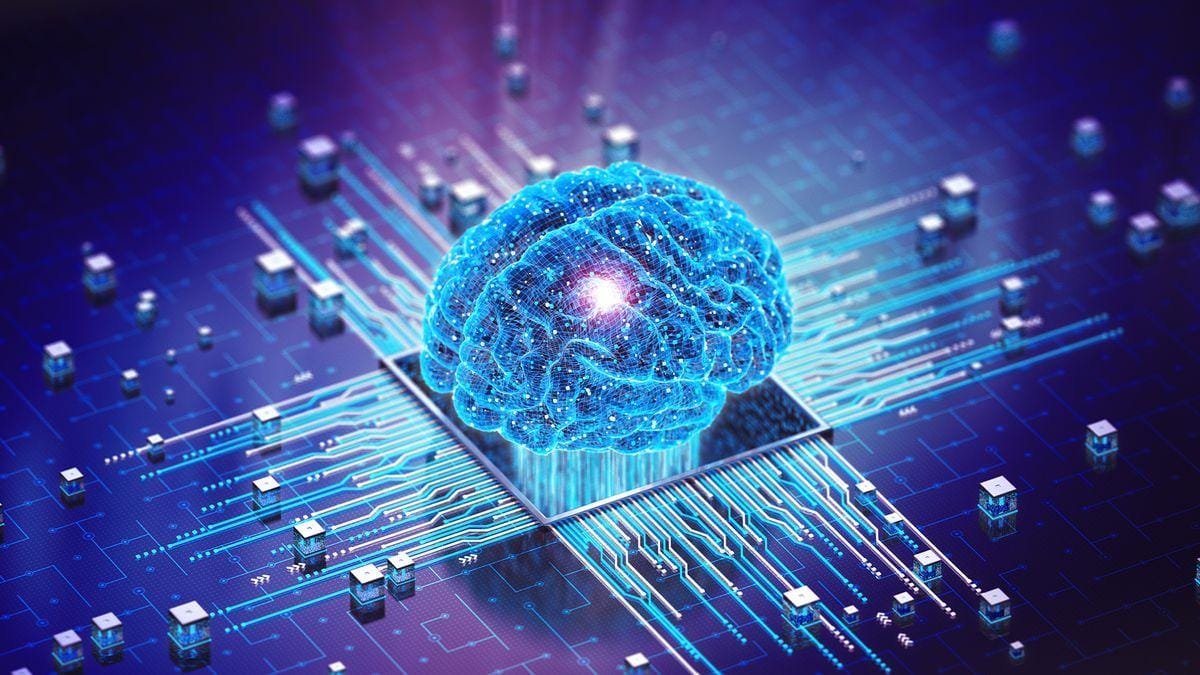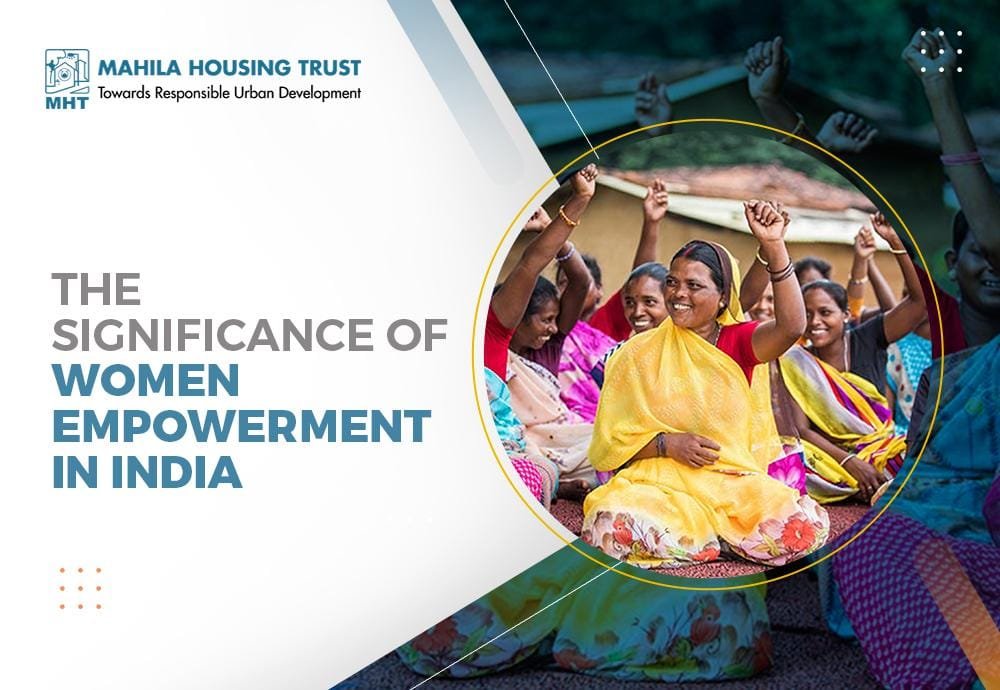Table of Contents
AI Unleashed: Redefining the Boundaries of Innovation
In an era defined by rapid technological advancement, artificial intelligence stands as a pivotal force, reshaping the landscape of innovation across diverse sectors. From healthcare to finance, and entertainment to education, AI is not merely a tool; it is a catalyst that challenges traditional paradigms, opening doors to possibilities previously limited by human imagination. As algorithms evolve and machines learn with unprecedented proficiency, the very essence of creativity, problem-solving, and decision-making is under re-examination. This article embarks on a journey through the transformative power of AI, exploring how it redefines boundaries, fosters collaboration, and ignites a new wave of innovative thinking. Join us as we delve into the multifaceted world of AI, uncovering its potential to not only enhance the existing template of innovation but also to carve out entirely new frontiers.
Exploring the Impact of AI on Creative Industries
The evolution of artificial intelligence is nothing short of revolutionary, especially in its application within creative sectors. Artists, writers, and musicians are finding new forms of collaboration with AI tools, enhancing their creative processes rather than replacing them. The emergence of AI-driven platforms has made it feasible to:
- Generate unique artwork based on specific styles or themes, providing artists with new avenues for inspiration.
- Compose music with algorithms that learn from vast libraries of sound, pushing the boundaries of genre and artistry.
- Enhance storytelling by producing content suggestions, plot ideas, or even drafts based on audience preferences.
Moreover, the integration of AI in creative industries presents both challenges and opportunities regarding ownership and originality. The debate surrounding copyright laws and intellectual property becomes increasingly complex as AI-generated works flood the market. As a result, companies are exploring innovative ways to navigate these waters, such as:
- Establishing new copyright frameworks that consider the role of AI in the creative process.
- Collaborating with legal experts to set standards for AI-generated content.
- Focusing on transparent communication between creators and consumers to foster trust in AI-assisted works.

Navigating Ethical Considerations in AI-Driven Innovation
In the ever-evolving landscape of AI, ethical considerations have become a cornerstone of sustainable innovation. Companies are now faced with the challenge of striking a balance between rapid technological advancement and the moral implications of their creations. This involves transparent decision-making processes, prioritizing user privacy, and ensuring that the deployment of AI does not reinforce existing biases or inequalities. Key areas to focus on include:
- Accountability: Establishing who is responsible for the decisions made by AI systems.
- Fairness: Assessing how algorithms may impact different demographics.
- Transparency: Enhancing visibility into AI processes to foster trust.
Moreover, tackling ethical dilemmas requires a collaborative approach that incorporates diverse perspectives. As stakeholders—including developers, businesses, and consumers—engage in discourse, organizations can better navigate the complexities of AI integration. Implementing frameworks and guidelines will aid in not only evaluating the consequences of AI but also in fostering an environment where innovation can thrive responsibly. Consider the following table that reflects common ethical frameworks in AI:
| Framework | Description |
|---|---|
| Fairness & Bias Mitigation | Strategies to identify and minimize bias in AI algorithms. |
| User Privacy Protection | Protocols to safeguard sensitive information against misuse. |
| Explainability | Methods to clarify how AI models arrive at decisions. |

Harnessing AI for Sustainable Business Practices
In an era where sustainability is no longer a choice but a necessity, artificial intelligence is emerging as a transformative force that can help businesses adopt more eco-friendly practices. AI-driven analytics allow companies to optimize their resource use, decreasing waste and energy consumption. By integrating AI into their operations, organizations can:
- Enhance predictive modeling for resources, ensuring optimal inventory levels.
- Automate processes that reduce carbon footprints across supply chains.
- Implement AI monitoring systems for real-time analysis of energy usage.
- Utilize machine learning algorithms to identify waste reduction opportunities.
Moreover, AI facilitates transparency in supply chains, making it easier for businesses to track their environmental impact. By leveraging data, companies can assess the sustainability of materials and methods, fostering a culture of responsibility. The following table outlines key benefits of AI in sustainable practices:
| Benefit | Description |
|---|---|
| Resource Optimization | Reduction in material waste through precise demand forecasting. |
| Energy Efficiency | Smart grids powered by AI minimize energy consumption. |
| Supply Chain Transparency | Real-time tracking of materials promotes ethical sourcing. |
| Carbon Footprint Reduction | Data-driven strategies lead to lower emissions overall. |

Empowering the Workforce through AI Integration
The fusion of artificial intelligence with the workforce is ushering in a transformative era for businesses and employees alike. By harnessing AI technologies, companies can streamline operations, enhance productivity, and unlock new levels of creativity. Workers are empowered to focus on strategic tasks while AI undertakes repetitive or data-intensive functions. This synergy not only fosters innovation but also promotes a culture of continuous improvement, encouraging employees to acquire new skills and adapt to evolving roles. Key benefits include:
- Increased Efficiency: AI automates mundane tasks, allowing teams to concentrate on high-value activities.
- Data-Driven Insights: Enhanced decision-making through real-time analytics and reporting tools.
- Personalized Learning: AI-driven training programs tailored to individual strengths and weaknesses, fostering growth.
However, the integration of AI into the workforce invites both opportunities and challenges. Organizations must prioritize ethical considerations and ensure inclusivity in AI deployment. It is vital to implement transparent policies and cultivate trust among employees to alleviate concerns over job displacement. The path forward hinges upon collaborative approaches where AI and human intelligence complement each other, driving innovation to new heights. To encapsulate this dynamic relationship, consider the following table showcasing comparative roles:
| AI-Driven Tasks | Human-Centric Tasks |
|---|---|
| Data Analysis | Creative Problem Solving |
| Routine Monitoring | Team Leadership |
| Predictive Modeling | Emotional Intelligence |
To Conclude
In a world increasingly sculpted by the delicate dance of algorithms and human ingenuity, ”AI Unleashed: Redefining the Boundaries of Innovation” serves as a beacon illuminating the profound transformations at the intersection of technology and creativity. As we stand at this exciting crossroads, it’s essential to recognize that the true potential of AI lies not in replacing the human touch, but in amplifying it, enabling us to push the boundaries of what was once thought possible.
As we embrace this era of unprecedented change, the challenges and opportunities presented by AI compel us to rethink our roles, inspire collaboration across disciplines, and engage in conversations that shape our shared future. Together, we can navigate this landscape, ensuring that innovation remains a force for good, enhancing our collective progress while honoring the rich tapestry of human experience.
The journey ahead may be complex, but it is also fraught with potential. Let us move forward with curiosity, responsibility, and a commitment to harnessing the transformative power of AI for the betterment of society. As we continue to chart this new course, one thing is clear: the boundaries of innovation are not fading; they are being reimagined, and the story is just beginning.



